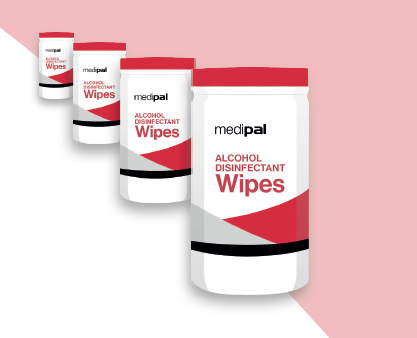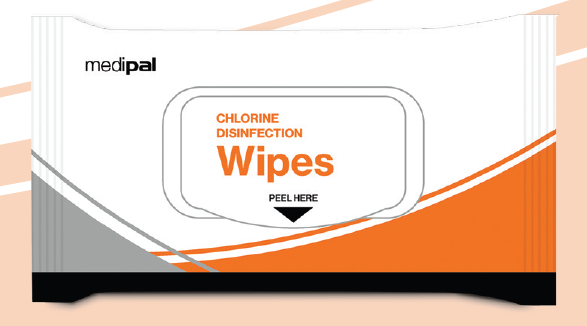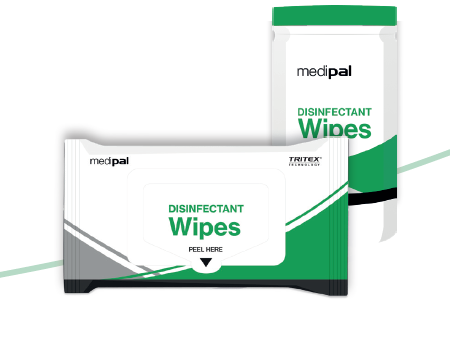The deadly bacterium in our food chain.
WHAT IS LISTERIOSIS?
Listeriosis is an infectious foodborne disease caused by the bacteria Listeria monocytogenes, most commonly known as Listeria.
Anyone can become infected with Listeriosis as Listeria can contaminate a wide range of foods, most notably those that do not require reheating or further cooking.
Listeria is a facultative anaerobic bacterium, meaning it can survive with or without oxygen. It lives in the gut of many farm animals and can be transferred into meat, eggs, poultry, and milk. Listeria can also be spread by cross-contamination of foods and through poor hygiene.
It can colonise and thrive in a factory environment due to low temperatures, the low moisture environment, and being transferred by aerosol.
Usually the infection goes away on its own however, for pregnant women, elderly people, or those with a weakened immune system, it can cause more complicated issues. With 0.1 to 10 cases reported per 1 million people, it is a relatively rare disease. However, its high death rate explains the significant level of concern that public health authorities associate with it.

WHAT ARE THE SYMPTOMS OF LISTERIOSIS?
For most people, Listeriosis has little to mild symptoms that can last for around a week and can usually be treated at home. These are typically similar to other foodborne infections , and include (listed in no specific order):
● A high temperature of 38°C or above
● Aches and pains
● Loss of balance
● Convulsions
● Chills
● Feeling sick (nausea)
● Being sick (vomiting)
● Diarrhoea
Symptoms in pregnant women typically remain the same as above, with a fever and fatigue. However, an infection while pregnant can lead to stillbirth, miscarriage, or premature delivery. It can also cause infections within the newborn.
Invasive Listeriosis is a more severe form of the infection and means that the bacteria has spread from the intestines to the blood, causing either a bloodstream infection or meningitis. People with this illness typically report symptoms starting 1 to 4 weeks after eating food contaminated with Listeria.

HOW TO PREVENT LISTERIOSIS?
Listeria in food is killed by cooking and pasteurisation, and there are several practical steps you can take to reduce the risk of catching or
spreading Listeriosis.
● Make sure all hot food is piping hot all the way through.
● Wash fruit and vegetables before eating them.
● Follow the shelf-life and storage temperature written on food labels.
● Wash your hands regularly with soap and water.
If in a high-risk group, people should avoid consuming dairy products made with unpasteurised milk, deli meats, pates, meat spreads, and cold-smoked seafood such as smoked salmon.
In addition to this, the World Health Organisation encourages safe food handling with its Five Keys to Safer Food. These are:
- Keep clean
- Separate raw and cooked meat
- Cook thoroughly
- Keep at safe temperatures
- Use safe water and raw materials

WHAT ARE THE TREATMENT OPTIONS?
For the majority of cases, medication might only be needed to treat the symptoms – such as medicine for a high fever or increased fluid intake for gastroenteritis. Listeriosis will typically go away on its own. However, for more serious cases or if meningitis occurs as a result of the illness, a course of antibiotics is the most common treatment option.
Should a pregnant woman be diagnosed, antibiotics must be prescribed as quickly as possible to prevent infection being passed on to the foetus.
If a person suspects Listeriosis and is going to their doctor, they should prepare by noting down:
● What are the symptoms and when did they start?
● Have you eaten any high-risk foods in the past two weeks, including
soft cheeses, unpasteurised milk, or processed meats?
● Do you have any other medical conditions?
● What medication and / or supplements do you take?

ARE THERE ANY VULNERABLE GROUPS?
In the EU, around 1,600 human cases are reported each year, with a mortality rate of 12.7%. Although a rare infection that typically goes away on its own, there are several vulnerable groups who should take extra precautions in their steps to avoid Listeriosis. These people include:
● Pregnant woman
● Those who are 65 years or older
● Those with a weakened immune system
Pregnant women should also avoid close contact with farm animals that are giving birth or have recently given birth.
People who are 65 years or older have an ageing immune system and so the body isn’t able to get rid of harmful germs as effectively as younger people.
Similarly, stomach acid plays a vital role killing germs and reducing the risk of illness however, this also decreases as people age.
People with weakened immune systems and those undertaking treatments for illnesses such as cancer, diabetes, or HIV, can find themselves with a higher chance of contracting Listeriosis and have a more difficult time fighting the illness.

WHAT IS THE INCUBATION PERIOD?
The time between initial contact and first symptoms is known as the incubation period and for Listeriosis this is typically one to two weeks. It can however, vary between a few days and up to 90 days, making it a challenge to confirm the source of the infection.
If discovering a food you’ve eaten was possibly contaminated with Listeria but you do not feel sick, most experts agree that no tests or treatment are needed unless you are part of a vulnerable group.

WHAT PRODUCTS ARE EFFECTIVE?
Pal Hygiene have two ranges of products effective against Listeriosis.
- Alcohol Surface Disinfectant Wipes
- Surface Disinfectant Wipes

WHERE TO FIND MORE INFORMATION?
There are many useful resources available on both Listeria and Listeriosis. The below websites provide advice and information on avoiding the infections, spotting symptoms, what to do if you think you have caught the illness, and what you can do to reduce the chances of your food being infected with the bacteria.
● National Health Service
● Centers for Disease Control and Prevention
● World Health Organisation
● Food Standards Agency

MANAGING THE THREAT OF LISTERIOSIS
Although a rare and – for the majority of people – relatively harm-free illness, we should still take Listeriosis seriously and do all we can to prevent infection.
With regular hand washing using soap and water, storing foods correctly, and making sure food is piping hot before consuming, we can minimise the risk to both ourselves and vulnerable groups.
For the food production, distribution, and storage chain , it is also important to follow good manufacturing practices, hygiene practices, and effective temperature control.

Join us in the fight against Listeriosis. Download our infographic to help us raise awareness and prevent the spread of this virus.





